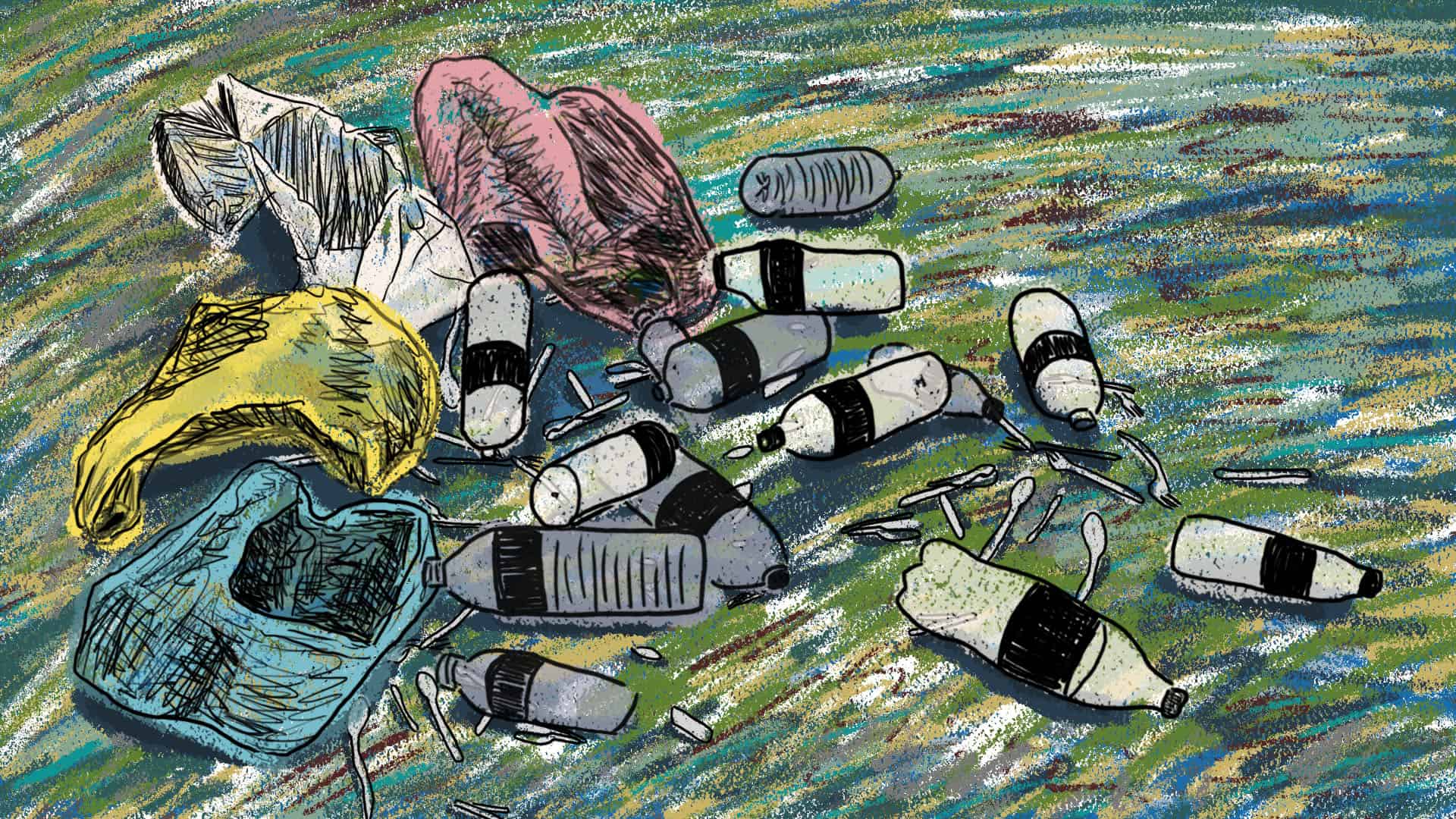In 1972, the world’s leading powers convened in Stockholm at the first major conference on human-environment interactions and the issues that result. To sustain this newfound global interest toward conserving the planet and its resources, the United Nations General Assembly designated June 5 of each year as World Environment Day. Canada — last year’s host nation — passes the torch to India to host this year’s World Environment Day.
The focus of this year’s World Environment Day is plastic, inspiring a global call to action to #BeatPlasticPollution. Eight million pieces of plastic end up in oceans on a daily basis, aggregating into a ‘plastic soup’ weighing 269,000 tonnes. Far from nourishing, this calamitous concoction takes the lives of over 100,000 marine mammals and one million seabirds every year.
Things aren’t much better in Canada — less than 11 per cent of plastic produced in Canada is recycled, the majority of which ends up in freshwater bodies, parks, and landfills. Hope can be found, however, in municipal initiatives like Vancouver’s recently announced plastic straw ban. The city aims to eradicate solid waste disposal by 2040. On the national front, Catherine McKenna, Minister of Environment and Climate Change Canada, aims to adopt and persuade member countries to adopt an ambitious zero-plastic waste charter at the 44th annual G7 Summit this month.
As a world renowned research institution, U of T is also taking steps to mitigate plastic pollution. Ecology & Evolutionary Biology assistant professor Chelsea Rochman’s research group studies the effects of anthropogenic pollutants like plastic in freshwater and marine ecosystems. Since plastic does not readily biodegrade, it simply breaks into small particles called microplastics, which can be mistaken as food by wildlife. This can end back up on our dinner table.
Rochman’s team is currently working on a project to assess sources and sinks of microplastic in urban watersheds across North America. “We find that in bays in close proximity to dense populations, there is a lot of plastic pollution,” said Rochman. Although samples range in microplastic content, a worrying trend is prominent and in one sample Rochman’s group found more than 800 microplastic particles.
In addition, a U of T research group led by Electrical & Computer Engineering professor Ted Sargent was crowned a finalist for the Carbon XPrize for its development of a catalyst that turns carbon dioxide into plastic.
In 2016, a world population of seven billion people produced over 320 million tonnes of plastic. According to some predictions, the latter figure is set to double in coming years. So, what is being done to eliminate plastic waste production and disposal?
“There are many reasons to be hopeful. Government agencies are beginning to include it in their monitoring protocols and actively thinking about how they can use science to inform management,” said Rochman. “International governing bodies are [also] discussing international agreements to reduce emissions globally.”
This, however, is not to say that only the elected or suit-bearing individuals can control plastic pollution. As consumers and individuals, we also bear important responsibilities.
“We can use less single-use items and reuse more materials. We can be sure we put our waste where it belongs,” said Rochman. “We can also lead cleanups in our region and educate others about the issue. By becoming waste literate and creating less waste, we are helping a lot.”


